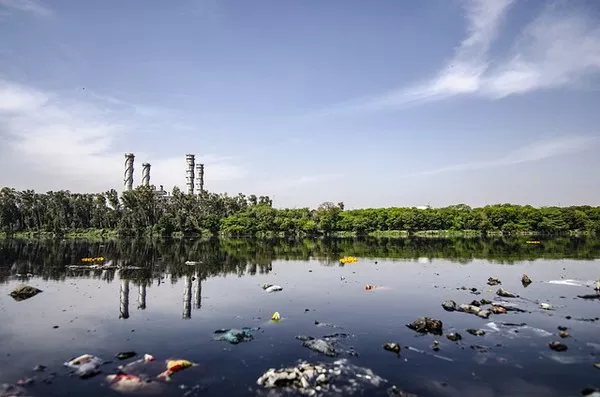A recent study has shed light on the staggering scale of global plastic pollution, revealing that 57 million tons of plastic waste are generated annually, permeating every corner of the Earth—from the deepest oceans to the highest mountaintops. Notably, over two-thirds of this pollution originates from the Global South.
According to researchers at the University of Leeds, this volume of plastic waste, approximately 52 million metric tons, could fill New York City’s Central Park to the height of the Empire State Building. The study, published in the journal Nature, analyzed waste data from over 50,000 cities and towns worldwide.
The research focused on plastic waste that enters the environment, excluding waste that is managed through landfills or incineration. It highlighted that inadequate waste management is a significant issue for 15% of the global population, particularly in Southeast Asia and Sub-Saharan Africa. This includes 255 million people in India alone.
The study identified Lagos, Nigeria, as the top emitter of plastic pollution. Other major contributors include New Delhi, Luanda (Angola), Karachi (Pakistan), and Cairo (Egypt). India leads globally in plastic pollution, generating 10.2 million tons annually—more than double the amount produced by Nigeria and Indonesia. China, often criticized for its pollution levels, ranks fourth but is making substantial progress in waste reduction. Pakistan, Bangladesh, Russia, and Brazil also feature prominently on the list of top polluters, accounting for over half of global plastic waste.
In contrast, the United States ranks 90th in plastic pollution with over 52,500 tons, while the United Kingdom is 135th with nearly 5,100 tons.
The study utilized artificial intelligence to analyze plastics that are either improperly burned or dumped, contributing to the widespread issue of microplastics. These tiny particles pose a growing human health risk, as they are found in drinking water and human tissues, though their full impact is not yet fully understood.
Study author Costas Velis emphasized that the problem of microplastics is particularly severe in the Global South. He criticized the notion of blaming these regions for the issue, attributing the problem to a lack of resources and inadequate waste management services.
Critics of the study argue that its narrow focus on environmental plastic pollution, rather than overall plastic production, may overlook the broader impact of the plastics industry, including greenhouse gas emissions. Neil Tangri from GAIA and Theresa Karlsson from the International Pollutants Elimination Network expressed concerns that the study’s approach might deflect attention from upstream issues in plastic production and global waste trade.
Despite these criticisms, the study has been praised by the plastics industry for highlighting the critical need for improved waste management. Chris Jahn of the International Council on Chemical Associations acknowledged that managing uncollected and unmanaged plastic waste is essential for addressing plastic pollution.
Looking ahead, the United Nations projects a dramatic increase in plastic production, potentially rising from 440 million tons annually to over 1,200 million tons, underscoring the urgent need for comprehensive solutions to this global crisis.

